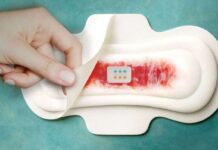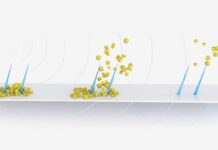A study reveals that we are one step closer to monitoring our heart health in real-time using wearable devices.
A study co-led by Metin Yarici demonstrated for the first time how tiny devices in a single ear can collect electrocardiogram data in real-time.
The article was published in Royal Society Open Science in January 2024.
Wearables that monitor our physical processes, such as smart watches, can provide us with an indication of our heart rate. However, they are not designed to reliably measure the heart’s electrical current, which can be used to diagnose an irregular heartbeat.
A previous study identified the ear as a viable place for monitoring brain function. In addition to vital signs using so-called hearable devices. Wearables that may fit securely into the ear canal. They also pioneered ear-ECG, which uses electrodes placed in both ears to create genuine electrocardiograms.
Hearable Devices to Monitor Cardiac Health
However, the utility of hearable devices to monitor cardiac health from a single ear is not yet well established. The team analysed ECG signals and plotted the chest-ECG potential over the ear, neck, and scalp. They then established the viability of single ear-ECG measurements under real-world recording conditions—a “driving simulation.”
The cardiac cycles were evaluated using electrodes placed on the ear region, revealing for the first time that ECG readings from a single ear-ECG were correct in form and timing.
Lead author Metin Yarici said,
The significance of our findings lies in the high practicality and usability of the single ear-ECG. We believe that this method holds great promise in bringing continuous cardiac motoring out of a clinical setting and into society, and with it, new insights into heart functioning for healthy and patient populations alike. An important next step in this research is to test the feasibility of detecting specific abnormalities in heart function, such as atrial fibrillation or myocardial infarction, via the single ear-ECG.




